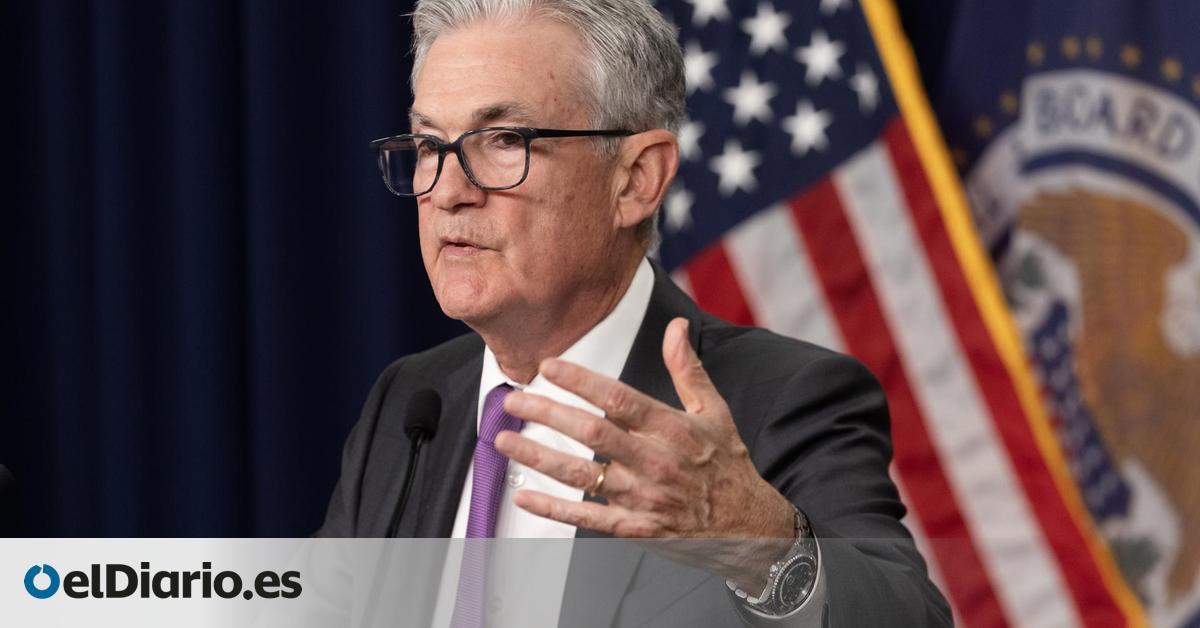
After two cuts in the official interest rates of the European Central Bank (ECB), the Federal Reserve (Fed) of the United States (US) has announced its first cut in this cycle of monetary austerity. The American central bank eases the official ‘price’ of money for the first time since 2020 with a reduction of half a point, to a range between 4.75% and 5%.
This cut is the Fed’s first since 2020, when it left interest rates in the range of 0% and 0.25% to help recover from the pandemic. In March 2022, it began to increase them aggressively to fight inflation. The ECB waited longer to follow this same path, until June. Now, it is backtracking for the first time, and anticipates further declines in the remainder of the year.
In the meantime, central banks have sought to damage the economy in order to combat rising prices. A strategy that ran the risk of triggering a recession and destroying jobs. Inflation in the United States is currently at 2.5% year-on-year, a low since 2021, while signs of a slowdown in activity and labor market growth are emerging.
The Fed “has become more confident that inflation is moving sustainably toward 2%, and sees the risks to achieving its inflation goals as [un nivel alto] Employment and inflation are roughly balanced. The economic outlook is uncertain, and we are alert to the risks to both sides of our dual mandate,” the statement said on Wednesday. It should be remembered that the dual mandate is to keep price increases at 2% without damaging the labour market. In the meantime, the ECB only has to deal with inflation.
However, history will go down in history when Fed Chairman Jerome Powell appeared before the upper house of the US Congress in early 2023, when he admitted that his decisions were aimed at increasing unemployment. He did so when Democratic Senator Elizabeth Warren told him that monetary austerity would leave two million people out of work.
After the first cut on Wednesday, financing conditions (the cost of mortgages and other loans) remain “restrictive”, as described by central banks. An expression that means that they harm the purchasing power of families and the investment capacity of companies. This is the way monetary policy is used to fight inflation.
The Fed’s decision paves the way for further rate cuts by the ECB, where the risk is that Germany and France, whose economies are stagnating, will fall into recession. Meanwhile, Spain is a positive exception. The ECB is conditioned by the Federal Reserve because if a large gap opens between the rates of the eurozone and the United States, it could lead to an inflationary depreciation of the euro against the dollar, because imports of oil and other raw materials or products that are traded in dollars would automatically become more expensive due to the effect of the exchange rate.
Source: www.eldiario.es

